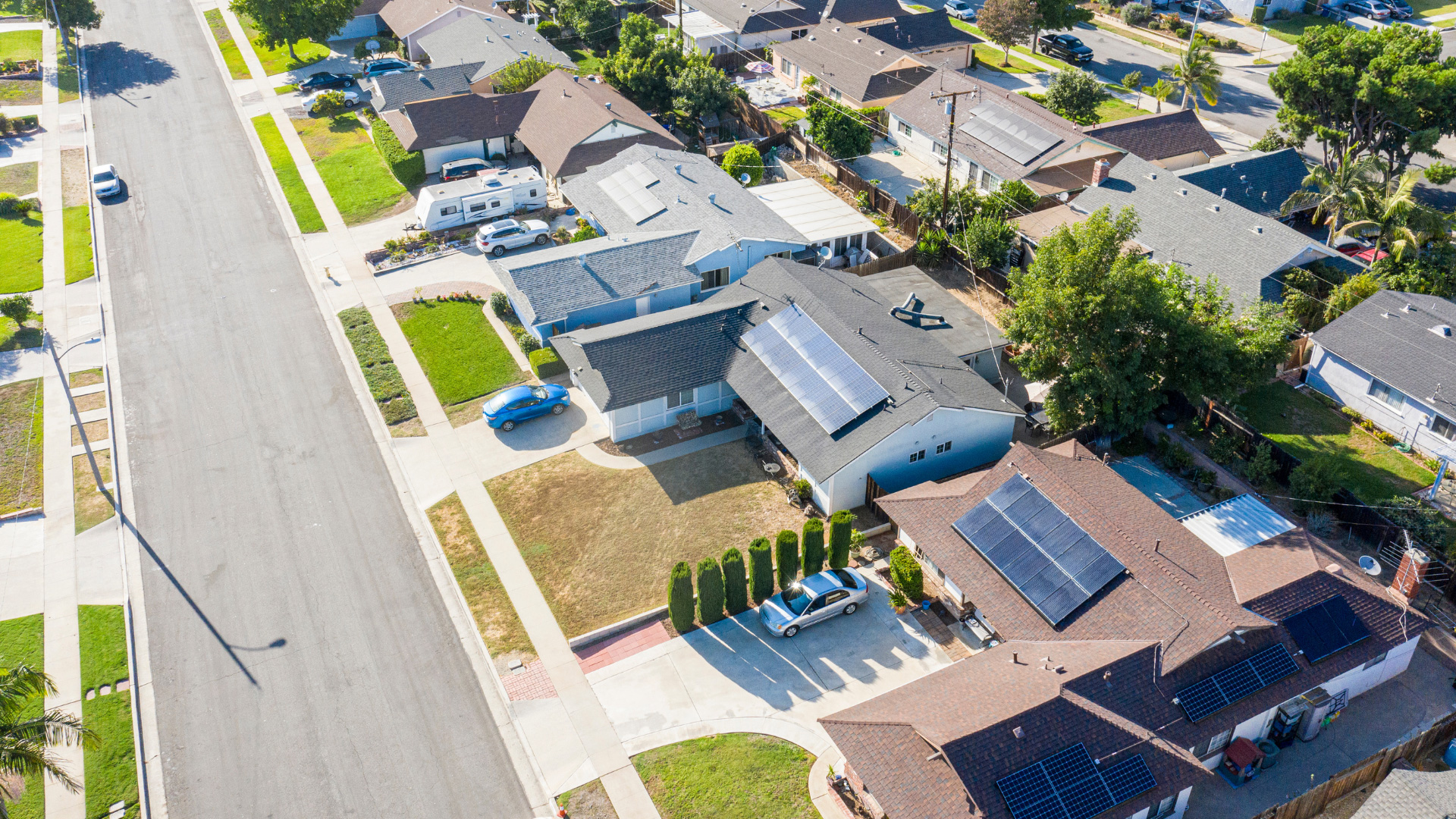According to the Solar Energy Industries Association (the SEIA) the solar Investment Tax Credit has been instrumental in helping the growth of solar popularity, stating “The ITC has helped the U.S. solar industry grow by more than 10,000% percent since it was implemented in 2006.” Many residents, however, are unclear about the solar energy credit and what it can do for them.
What is the Solar Tax Credit, or Residential Clean Energy Credit?
The solar energy credit, otherwise known as the Residential Clean Energy Credit, is funded from the federal government and essentially gives back 30% for recommended installation of a solar package.
This credit was first called the Investment Tax Credit, or ITC, and was created in 2005, and implemented in 2006. After the Inflation Reduction Act in 2022, the Investment Tax Credit was then rebranded into the Residential Clean Energy Credit and its value went up to 30% of the investment. The deadline was then extended to December 31, 2034.
While capped at 30%, there are some interesting facts about the solar energy credit’s value. As long as your federal taxes are high enough to be credited, there are no maximum values on the amount that can be claimed for the credit. It covers any product purchased that is needed for solar installation. Projects must be completed between 2022 and 2032 and there is a step-down after that. The values are as follows:
- 2022-2032 completion – 30% back
- 2033 completion – 26% back
- 2034 completion – 22% back
- 2035 and beyond – 0% back
Claiming the Solar Energy Credit
Once you’ve determined your need for the credit, here’s how to claim it. First, you need to make sure you’ve installed all the solar energy technology you’re going to for a while because this credit can be claimed only once. You both want to get it in before the deadline and ensure that you’ve finalized your cost. Once the project is finished, you’ll need IRS Form 5695 to find your credit. After finding that credit from form 5695, you’ll put that on your 1040 IRS tax form and reduce the amount of tax that you owe.
And there’s good news. If you purchase a home with solar capabilities, as long as you move in during a year in the timetable you can claim the credit no matter when the home was built. Make sure your builder hasn’t claimed the credit first or the people you’re purchasing from. After due diligence to make sure there hasn’t already been a claim filed, you’re able to claim the credit if it is a first-time claim.
Lastly, if you’re renting the solar energy system and panels, you’re not eligible at this time for a federal solar tax credit. Leasing does not qualify because the homeowner doesn’t own the panels, the solar company does. Keep this in mind should you decide it is time for solar energy at your home.
Go Solar and Start Saving!
You don’t have to wait several years to see the savings from investment in solar. With the Federal ITC Credit, Nevada homeowners like yourself can save thousands of dollars on your taxes when you file your claim.
If you’re ready to start saving, contact Solar Optimum today and one of our Energy Experts will be happy to assist you. We are currently serving customers in Las Vegas, Henderson, North Las Vegas, South Las Vegas, Boulder City, and Blue Diamond.







